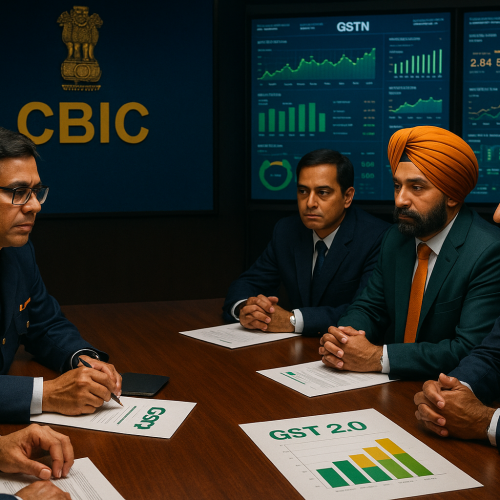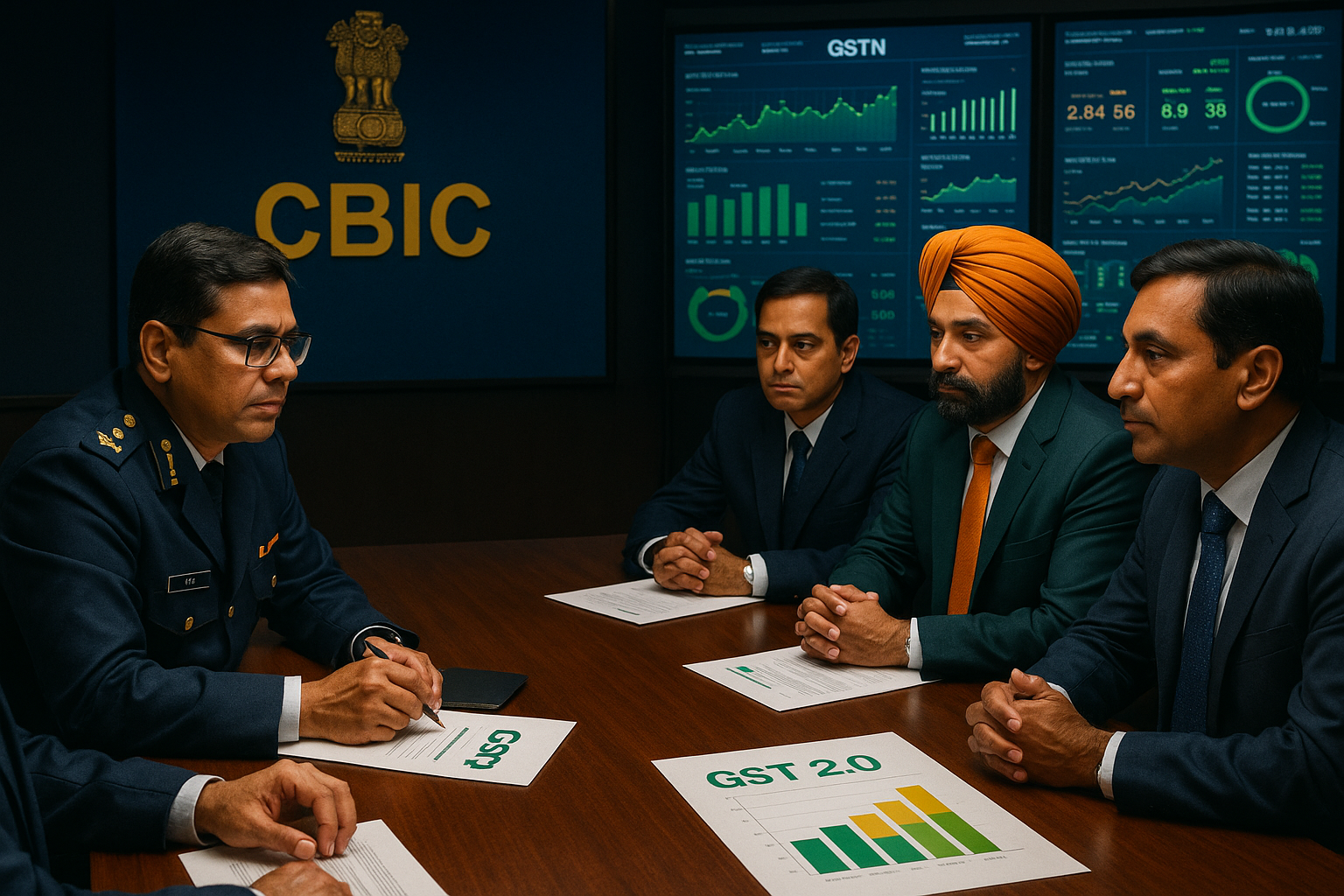The Indian rupee strengthened on Wednesday as foreign banks stepped up their dollar sales, surprising traders who had expected the currency to face pressure amid global uncertainties. This unexpected support helped the rupee close firmer against the U.S. dollar, even as oil prices and geopolitical jitters continued to weigh on investor sentiment.
Market watchers note that the recent momentum may not simply be a short-term intervention but could reflect sustained foreign capital inflows and a deliberate effort by global banks to maintain liquidity balance in India. This has injected fresh optimism into currency markets, though concerns remain over volatility in the weeks ahead.
Why the Rupee Strengthened
The rupee’s recovery was largely driven by persistent dollar selling from foreign banks, a move that took dealers by surprise. Traders had been bracing for downward pressure due to global risk-off sentiment, but inflows from financial institutions altered the equation.
Dollar inflows helped improve liquidity in the spot market.
Foreign bank sales countered early weakness and stabilized the currency.
Role of Foreign Banks
Foreign lenders played a decisive role in today’s currency movement. Many of these banks, often intermediaries for large corporates and foreign institutional investors (FIIs), actively sold dollars throughout the trading session.
Their activity helped the rupee appreciate by 40 paise against the dollar.
This also signaled stronger-than-expected demand for Indian assets, especially in debt and equity markets.
Market Reactions
For traders, the move came as a positive surprise. Analysts pointed out that the rupee now seems more resilient than previously anticipated, particularly when compared with other Asian currencies facing pressure from the strong U.S. dollar index.
Dealers now expect the rupee to trade in a narrower range.
Exporters, however, remain cautious, as prolonged appreciation could hurt competitiveness.
Broader Economic Context
The RBI’s role in managing volatility remains central, though it was foreign banks who drove today’s rally. With India continuing to attract robust FPI inflows and stable macro fundamentals, the rupee’s medium-term outlook appears steady.
Oil price fluctuations and geopolitical tensions remain risks.
Still, sustained foreign participation could anchor the rupee around stronger levels.
Why This Matters
The rupee’s movement is not just a trading story—it carries implications for broader economic stability. A stronger rupee helps ease import costs, supports inflation control, and boosts investor confidence. However, policymakers must strike a balance to ensure exporters are not disadvantaged.
Investor Confidence: Sustained inflows reflect trust in India’s macroeconomic story.
Import Relief: A stronger rupee lowers costs for oil and other key imports.
Export Challenge: Prolonged appreciation may weigh on export competitiveness.
Policy Balance: RBI may step in to ensure stability without excessive volatility.
Global Perception: Strengthening currency enhances India’s attractiveness as a capital market destination.












